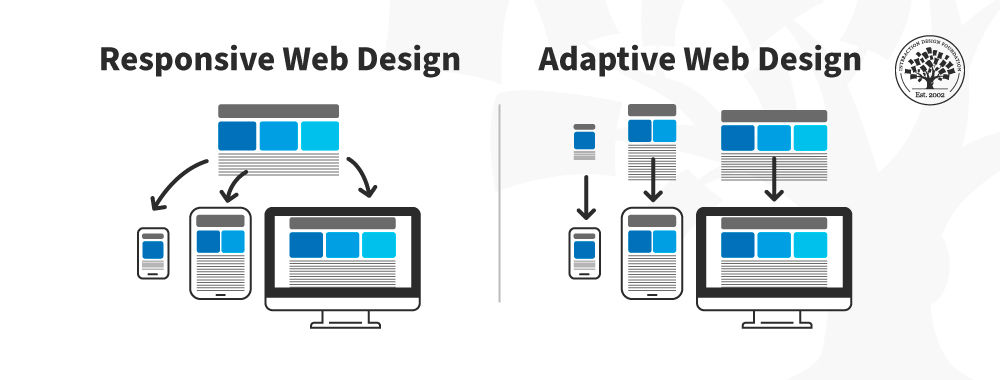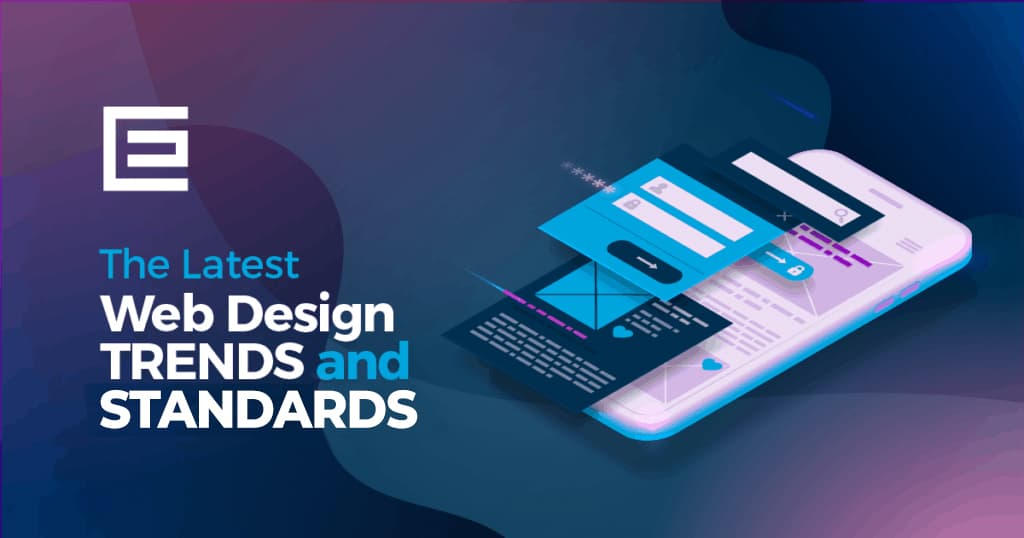Top Patterns Forming the Future of Cutting-edge Web Design
Top Patterns Forming the Future of Cutting-edge Web Design
Blog Article
The Comprehensive Overview to Crafting Aesthetically Appealing and Functional Website Design That Fulfills Individual Needs
In today's electronic landscape, the importance of crafting web designs that are both visually appealing and useful can not be overemphasized. By prioritizing user-centered layout concepts, developers can develop experiences that not only bring in yet also retain user rate of interest. Key aesthetic components such as comparison, placement, and equilibrium play a crucial role in this process, while the requirement of responsive layout guarantees accessibility throughout different devices. Nonetheless, the journey does not end with initial design; ongoing screening and iteration are vital for refinement. What strategies can one employ to properly balance these elements?
Recognizing User-Centered Layout
At the heart of reliable internet layout lies the concept of user-centered layout, an approach that prioritizes the demands, preferences, and habits of users throughout the advancement process. This strategy includes detailed research to understand the target audience, ensuring that the final item reverberates with its intended users. By integrating customer comments at every stage, designers can develop interfaces that are not only aesthetically enticing but additionally useful and user-friendly.
User-centered design emphasizes compassion, requiring developers to step into the individuals' footwear and consider their point of views. Strategies such as individual personalities, trip mapping, and use testing are utilized to recognize discomfort factors and possibilities for enhancement. This iterative process permits consistent refinement, as designers adjust to evolving customer demands and technological innovations.
Including user-centered style results in raised individual satisfaction and involvement, inevitably leading to higher conversion prices and brand name commitment. It promotes a collaborative atmosphere where stakeholders, including designers, developers, and users, function together to achieve a shared vision. By positioning users at the forefront of the design procedure, organizations can create web sites that not just meet service objectives but likewise provide purposeful and satisfying experiences for individuals.
Secret Principles of Visual Style
Efficient visual layout acts as the structure for creating straightforward and appealing websites. It encompasses numerous crucial principles that direct developers in crafting aesthetically pleasing and practical user interfaces.
First, balance plays an important duty in accomplishing aesthetic consistency. Developers must disperse aspects equally throughout the format to prevent frustrating individuals. This can be attained with balanced or asymmetrical design strategies.
Next, contrast boosts readability and accentuates vital elements. By utilizing differing colors, sizes, or shapes, developers can produce prime focus that assist users through the material.
Additionally, positioning is essential for arranging info. Regular positioning of message and pictures cultivates a clean design, improving total navigation and user experience.
Distance likewise adds to aesthetic clarity. Organizing related items with each other help users in recognizing the relationship between different aspects, making the interface more intuitive.
Finally, consistency in layout elements, such as designs, shades, and typefaces, strengthens brand name identity and assists users navigate the website extra easily. By incorporating these crucial concepts of aesthetic style, internet developers can create interfaces that are not just aesthetically attractive however additionally useful and user-centered.
Importance of Responsive Layout
Responsive style is an important facet of modern-day internet growth, guaranteeing that web sites work seamlessly throughout a variety of devices and screen dimensions. As the internet landscape evolves, the variety of devicesâEUR" varying from mobile phones to tablets and desktop computer computersâEUR" demands a style technique that fits all individuals.
Executing responsive design permits a versatile format that immediately adjusts based upon the user's display dimensions. This versatility not just enhances accessibility however additionally boosts functionality, as customers can navigate and engage with the website effortlessly, no matter their tool.

In addition, receptive design lowers the need for maintaining multiple versions of a website, improving updates and content monitoring. This efficiency converts into expense savings and a more natural brand name experience across systems.
Enhancing Customer Experience
Individual experience (UX) is an essential element of web design, influencing exactly how site visitors communicate with a site and regard its worth. A well-crafted UX makes sure that customers can navigate without effort, discover info easily, and achieve their objectives effectively. The layout has to think about the individual's trip, from the moment they arrive at the site to the completion of their desired action, whether that be buying, enrolling in a newsletter, or accessing info.
Trick components that improve UX include clear navigation, receptive layouts, and engaging visual content. Uniformity in design elements such as font styles, colors, and buttons promotes knowledge, making the website really feel natural. In addition, optimizing lots times is important; individuals are much less likely to stay on a site that is slow to respond.

Evaluating and Iterating Styles
Checking and iterating layouts are basic processes that comply with the first production of a website, making certain that the customer experience remains at the forefront of any changes. These phases include collecting individual comments, evaluating design efficiency, and making informed alterations to improve functionality and engagement.
Functionality testing enables designers to observe genuine customers as they connect with the website, identifying pain points and areas for enhancement. Individual studies can supply qualitative understandings, recording customer sentiments and preferences.
Constant version fosters a flexible Discover More Here style method, where the internet site evolves in response to user actions and feedback. By devoting to rigorous screening and version, designers can develop an internet site that not just meets visual requirements but additionally delivers a smooth and satisfying customer experience.

Verdict
In verdict, reliable website his comment is here design demands the combination of user-centered concepts, vital aesthetic style aspects, and responsive frameworks to produce engaging interfaces. By prioritizing customer demands and implementing continual screening and version, designers can fine-tune their creations to improve general fulfillment. The commitment to these practices not only cultivates an aesthetically attractive aesthetic but additionally makes certain capability across diverse tools, inevitably adding to a favorable individual experience and increased involvement.
By focusing on user-centered style principles, designers can create experiences that not just draw in but additionally maintain individual interest.At the heart of reliable web design exists the concept of user-centered design, an ideology that focuses on the needs, choices, and habits of users throughout the growth process. By positioning individuals at the forefront of the layout process, companies can create web sites that not only fulfill company purposes however additionally supply gratifying and purposeful experiences for individuals.
By focusing on individual demands and preferences, internet designers can create experiences that are not just visually attractive yet likewise useful, ultimately cultivating user contentment and loyalty.
Individual studies can offer qualitative understandings, recording user beliefs and preferences.
Report this page